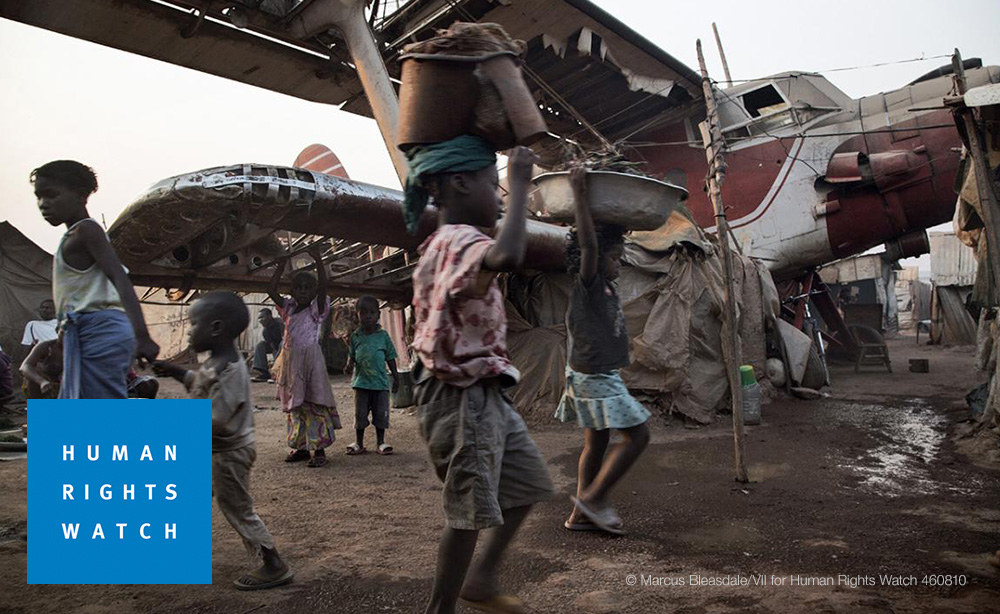
Human Rights Watch (HRW) has been sharing important stories for over 30 years and we were excited about enhancing the digital story-telling experience in the latest relaunch of HRW.org. Out-of-the-box, Drupal provided a great platform for us to craft tools that matched HRW’s internal publishing workflows, while allowing their publishers to create long-form content with videos, galleries and other rich content.
Embedded Media
Aten's design team set the bar with the new design direction for HRW.org. Their vision for the long-form articles included flexibility for embedding media content throughout the text. After a lengthy evaluation period with Drupal’s Media module, it become clear that HRW needed more flexibility than it provided. In addition to embedding file based media (i.e. images), there were requirements around embedded text based content like quotes and callouts for other node based content. For consistency, we went with the Node Embed approach that we’ve blogged about before. Having a node-based workflow also provided a familiar workflow for HRW’s publishers.
Long-form Reports
One of HRW’s most important tasks is creating in-depth reports on certain issues around the world. It's not uncommon for these reports to approach 100 pages In PDF form. Two goals of the relaunch included the report creation workflow in Drupal and improving report navigation.
Report Creation Workflow
HRW has an internal workflow for editing and publishing reports that they’ve used for years. The end product of that workflow is a printed report and an online HTML version. Rather than trying to force a new internal workflow, we discussed pain points HRW had with their current process and built a couple tools to provide a better experience.
HTML Upload
When creating report nodes in Drupal, HRW can upload the HTML file that was created outside of the content management system. The upload process adds anchor tags and generates a table of contents based on semantic heading tags, detects image references that do not exist on the site yet, and makes a few other formatting changes The report content and table of contents are then saved in the database rather than processing the uploaded content on the fly.
Report Navigation
In past iterations, reports were broken up into many pages. Now, users can use the table of contents to quickly jump to relevant sections of the report. Having reports on a single page also allows users to use built in browser tools like “Find” to search for keywords.
Featured Content
HRW has many topic and location based landing pages where editors can curate content. HRW wanted the flexibility to manually feature content or, given the large number of these pages, have the most relevant automatically show up. To achieve this, we used Views, Entity Reference, and a custom module to tie the two together. The custom code checks the Entity Reference field for manually curated content then utilizes Views to pull the relevant content into the remaining content slots available. This allows HRW to mix curated and automated content easily without having to choose one approach over the other.
Related Content
Rather than showing users additional content at the bottom of an article based on time or tag, we worked with HRW to craft an algorithm, or scoring system, to display related content. When deciding which relevant content to show, date, geography, and topic are all taken into consideration. Similar to featured content, HRW has the flexibility to manually relate content on any article with the algorithmic suggestions filling missing slots.
Sharelines
Once HRW publishes important information, they leverage social channels like Twitter to help spread the word. We provided HRW publishers the ability create curated Sharelines that are displayed prominently for users to Tweet directly from the article.
It was exciting to work on such a large publishing project and help provide tools to help tell important stories in many languages. We hope you enjoy browsing the new HRW.org!
